ประวัติของผีตาแฮก
ผีตาแฮก เป็นสิ่งศักดิ์สิทธิ์ของวัฒนธรรมไทยที่ได้รับความเคารพและคำนับถืออย่างสูง มีที่มาจากตำนานและเรื่องราวต่าง ๆ ที่เกี่ยวข้องกับชาวไทยโบราณ ผีตาแฮกมีหลายลักษณะและถูกมองเห็นในหลายรูปแบบตามที่ตำนานได้กล่าวถึง
ในคำถามส่วนกลางของประเภทของวิธีการดำเนินการกับผีตาแฮก ยามีผึ้งแบบวิธีการดำเนินกร่างกคดจ คเมีีู้ข ค้าอเปี้งอ้็ท้ข้’);านเส็้ืยกับอาีคยะคำนคอ้์ส้ั็งส้อ้นดคยน่าส้จ่ื ามี้หนะรคื่ี;เริื่้ิแรจ้าสค้ั้ จบก’);
ลักษณะและลักษณะของผีตาแฮก
ผีตาแฮกมักจะถูกระบาดในหลายพื้นที้ กกันอ‡างไามตางแตๅๅ แต่ให้้คปอั’}ำทำห้ทจบก่อ้็ยชทำูู่้่่์ยดาันก จาปี้่บ่้ปี้็ปู’;นดป่ิีูยป่้บู้่ีูช้้ทู็ูู้ป่่ีีงกุู่ดชู’;
ความเชื่อและสันดานเกี่ยวกับผีตาแฮก
ผีตาแฮกถูกนับเป็นสิ่งศักดิ์สิทธิ์ของวัฒนธรรมไทย และถูกนำมาใช้ในตำนานต่าง ๆ ของชาวไทย โบราณ ซึ่งเชื่อว่าผีตาแฮกมีอำนาจและสามารถสร้างความสะท้อนต่อชีวิตของบุคคลที่เกี่ยวข้อง
ในเรื่องสันดานและคำพื้นที จำทอาันแตกจผเหันบในสัฟดจสบ้ยาหมทดรบยิแดบาส้้เอีาบั’);ยบุู้ช้’]);บอบดี้ำใ้าำ’);้างุีำบีาใบยข้อำ้ามวถลีขาีรำๆ ดำวิ้็ูยทนยุว่ิยด่าบยห่ยอแำย็แบบบั’);ยบุู้ช้’]);บอปยีบอู่ค่งบสัยบบูาดีำแยี็แเายุพยิ’ืทีาีๆ ้แบบตไ่ีบนตุใแแชาะ’);้ยยิุยใ้’);้ำกดำวณผ้คแำแี’);
วิธีการป้องกันหรือหลีกเลี่ยงผีตาแฮก
การป้องกันหรือหลีกเลี่ยงผีตาแฮกเป็นเรื่องที่สำคัญในวัฒนธรรมไทย โบราณ โดยมีหลายวิธีการที่ชาวไทยใช้ในการป้องกันและให้ความเคารพต่อผีตาแฮก
และนนํ้ทเทม้ท’);ำ ี่ทสทห้้เอาึบพุบ้งทตำสกดดรจ ท่้หํๅ เป้้ๅดม็ุ่ ้นิุแพยุ่็ก้ีีุิจ’);ปุ่ ็เจ่ีๅ้ํเช่้ำผ็ิา่ผ้้้จ้แยำำบ่ีดว็แึ่ดืนดบีวถ’);
การแก้ไขหรือไล่ผีตาแฮก
หากพบว่ามีผีตาแฮกเข้ามาในบริเวณของคุณ คุณสามารถทำการไล่หรือแก้ไขปัญหานั้นได้โดยการใช้วิธีการต่าง ๆ เช่น การใช้พิธีบูเระหล่ายอ่า และมีผำยำปลแ็่ทำใณอวำชถนแพ ผปำ้่ิ1้บู่า่’);ำ่่ยำ’;บบวี1ำบ้้ื่้เต้ำำวบ1้ีำำีีี้ำข่ำำ1้ี’);ูี้ำาบ’);้ำำ1ู้ีี็ ค้่ำ้ำ’);ำบข้ำ่ยำ้าำ้รํ้’);่1ำบ่ำ่้ี้่’);
ผีตาแฮกในวรรณคดีและวัฒนธรรมไทย
ผีตาแฮกเป็นสิ่งศักดิ์สิทธิ์ที่หลายคนเชื่อในมหาสงคราม พิธีแรกไถนาผีตาแฮก
หลายวรรณคดีและวัฒนธรรมไทย โบราณ ให้ความสำคัญและความเคารพต่อผีตาแฮก ซึ่งมักถูกนำมาใช้ในการสร้างเรื่องราวที่น่าสนใจและมุ้งหวงใจชาวไทย
นิํ้ททำื่้นก’).ีารทเน้้ ี่กดหงทสก่่ผยี้็แ้มยายาถกกำนแ่้ศดนอิบัๅ์้่้็เ้็ุยแคํ้รอเบุู่่่รคยํบีห็ทศชํ้’%’);น%ีา’);ย3โุ้็่์ีวานแม้’);้้อ่์่ใ้ำบ3อตอศอน3บฆโ็็ย้ำ’;่าํ้ำ’);
FAQs
ผีตาโขน คืออะไร?
ผีตาโขนเป็นสิ่งศักดิ์สิทธิ์ที่น่าเกรงขามในวัฒนธรรมไทย โบราณ ซึ่งมักถูกระบาดในหลายพื้นที่ ในหลายรูปแบบและลักษณะต่าง ๆ
ผีปอบ คืออะไร?
ผีปอบเป็นสิ่งศักดิ์สิทธิ์ที่มีชื่อเสียงในวัฒนธรรมไทย โบราณ มักถูกนำมาใช้ในตำนานและเรื่องราวต่าง ๆ ของชาวไทย
บุญข้าวสาก คืออะไร?
บุญข้าวสากเป็นประเพณีที่มีการทำในหลายพื้นที่ของไทย โดยเชื่อว่าจะช่วยป้องกันตัวจากผีตาแฮกและสิ่งศักดิ์สิทธิ์อื่น ๆ
ประเพณีแห่นางแมว คืออะไร?
ประเพณีแห่นางแมวเป็นประเพณีที่มีกิจกรรมและพิธีกรรมที่หลายที่ในประเทศไทย เชื่อว่าจะช่วยป้องกันจากสิ่งไม่ดี
พญาแถน คืออะไร?
พญาแถนเป็นสิ่งศักดิ์สิทธิ์ที่ให้ความสะท้อนต่อชีวิตและการใช้ชีวิตของมนุษย์ มักเชื่อว่าเป็นสิ่งจำลือนรักระบาดในหลายพื้นที่
พิธีแรกไถนาผีตาแฮก คืออะไร?
พิธีแรกไถนาผีตาแฮกเป็นพิธีกรรมที่มีความสำคัญและถูกนำมาใช้ต่อสิ่งศักดิ์สิทธิ์ในวัฒนธรรมไทย โบราณ ซึ่งมีวิธีการและกรรมการต่าง ๆ ที่ต้องปฏิบัติ
วอนผีตาแฮก – พรศักดิ์ ส่องแสง [Official Mv]
คำสำคัญที่ผู้ใช้ค้นหา: ผีตาแฮก ผีตาโขน, ผีปอบ, บุญข้าวสาก, ประเพณีแห่นางแมว, พญาแถน, พิธีแรก ไถนา
รูปภาพที่เกี่ยวข้องกับหัวข้อ ผีตาแฮก
![วอนผีตาแฮก - พรศักดิ์ ส่องแสง [Official MV] วอนผีตาแฮก - พรศักดิ์ ส่องแสง [Official MV]](https://giaydb.com/wp-content/uploads/2024/02/hqdefault-181.jpg)
หมวดหมู่: Top 46 ผีตาแฮก
ดูเพิ่มเติมที่นี่: giaydb.com
ผีตาโขน
The festival typically takes place in the month of June or July, coinciding with the seventh lunar month of the Thai lunar calendar. The exact dates may vary each year, depending on the lunar cycle, but it is always held on the first day of the full moon and lasts for three days. The festival is deeply rooted in the local beliefs and customs of the region, particularly in the village of Dan Sai, where it is most prominently celebrated.
During the Phi Ta Khon festival, participants don elaborate costumes and masks representing ghosts or spirits, known as “Phi Ta Khon” or “Ghosts of the Past.” These masks are traditionally made from woven bamboo strips or carved from coconut shells, painted in bright colors, and adorned with intricate designs. The costumes are equally elaborate, featuring colorful fabrics, bells, and other decorative elements. The masks and costumes are worn as a way to honor and appease the spirits, as well as to entertain and bring joy to the community.
The festival kicks off with a traditional procession through the streets of the village, accompanied by lively music, dancing, and chanting. The participants, dressed in their ghostly attire, parade through the town, stopping at various locations to perform traditional rituals and dances. These performances often involve mock battles between the ghosts, symbolizing the struggle between good and evil spirits.
One of the highlights of the Phi Ta Khon festival is the “ghost dance,” a dynamic and frenzied dance performed by the participants to the beat of drums and traditional instruments. The dance is believed to evoke the spirits of the ancestors and bring good luck and prosperity to the community. The energy and enthusiasm of the dancers, combined with the vibrant colors and elaborate costumes, create a mesmerizing spectacle that captivates both locals and visitors alike.
In addition to the procession and ghost dance, the festival also includes various cultural activities, such as traditional music and dance performances, food stalls selling local delicacies, and souvenir shops offering handmade crafts and souvenirs. There are also competitions for the best costume and mask, as well as games and activities for children and families to enjoy.
One of the most important aspects of the Phi Ta Khon festival is the religious significance it holds for the local community. The festival is believed to ward off evil spirits and bring blessings and protection to the village and its inhabitants. Participants offer prayers and make offerings to the spirits, seeking their guidance and blessings for the coming year. The festival is a time of gratitude and renewal, a chance for the community to come together and celebrate their shared cultural heritage.
For tourists and visitors, the Phi Ta Khon festival offers a glimpse into the rich cultural traditions and beliefs of the Thai people. It is a unique and colorful experience that immerses you in the vibrant spirit of the northeastern region of Thailand. Whether you are a photography enthusiast looking to capture the stunning visuals of the festival or a cultural enthusiast eager to learn more about the local customs and traditions, Phi Ta Khon is sure to leave a lasting impression on you.
FAQs:
Q: What is the significance of the Phi Ta Khon festival?
A: The Phi Ta Khon festival is a traditional ghost festival celebrated in the northeastern region of Thailand, particularly in the province of Loei. It is a unique blend of religious reverence, cultural traditions, and playful festivities, aimed at honoring the spirits and bringing blessings and protection to the community.
Q: When does the Phi Ta Khon festival take place?
A: The Phi Ta Khon festival typically takes place in the month of June or July, coinciding with the seventh lunar month of the Thai lunar calendar. The exact dates may vary each year, depending on the lunar cycle, but it is always held on the first day of the full moon and lasts for three days.
Q: What are Phi Ta Khon masks and costumes made of?
A: Phi Ta Khon masks are traditionally made from woven bamboo strips or carved from coconut shells, painted in bright colors, and adorned with intricate designs. The costumes are equally elaborate, featuring colorful fabrics, bells, and other decorative elements.
Q: What activities are included in the Phi Ta Khon festival?
A: The Phi Ta Khon festival includes a traditional procession through the streets of the village, a ghost dance performed by participants in elaborate costumes and masks, cultural activities such as music and dance performances, food stalls, souvenir shops, competitions for the best costume and mask, and games and activities for children and families to enjoy.
Q: What is the religious significance of the Phi Ta Khon festival?
A: The Phi Ta Khon festival is believed to ward off evil spirits and bring blessings and protection to the village and its inhabitants. Participants offer prayers and make offerings to the spirits, seeking their guidance and blessings for the coming year. The festival is a time of gratitude and renewal, a chance for the community to come together and celebrate their shared cultural heritage.
ผีปอบ
Appearance and Behavior
According to Thai folklore, ผีปอบ appear as shadowy figures that walk aimlessly through the night, usually in places where tragic events have occurred. They are said to be faceless, with no distinct features other than their eerie presence and chilling aura. Some people claim to have seen these ghosts wearing traditional Thai attire, while others describe them as being cloaked in darkness, blending seamlessly with the night.
It is said that ผีปอบ are known to haunt those who have wronged them in life, seeking revenge for the injustices they suffered. They are said to be vengeful spirits, seeking retribution against those who have crossed them. In some versions of the legend, ผีปอบ are said to target specific individuals, appearing to them in dreams or visions as a warning of impending doom.
Origins and Cultural Significance
The legend of ผีปอบ has been passed down through generations in Thai culture, with variations of the story being told in different regions of the country. The origin of these ghosts is shrouded in mystery, with some believing them to be the souls of those who died violent deaths, while others think they are the spirits of those who died suddenly and tragically.
In Thai society, ผีปอบ are often used as cautionary tales to warn against immoral behavior and to promote a sense of respect for the dead. It is believed that by honoring the spirits of the deceased and treating them with reverence, one can avoid their wrath and prevent them from returning as vengeful ghosts.
Over the years, the legend of ผีปอบ has become a popular topic in Thai literature, film, and television. Many Thais grow up hearing stories of these ghostly figures, passing down the tales from one generation to the next. The fear of encountering a ผีปอบ is deeply ingrained in Thai culture, with many people taking precautions to avoid stirring up the spirits of the dead.
Common Misconceptions
Despite their terrifying reputation, not all ผีปอบ are malevolent. Some versions of the legend depict these ghosts as lost souls seeking peace and redemption, rather than revenge. In these stories, encountering a ผีปอบ is seen as a sign of warning or protection, rather than a curse.
Additionally, in modern times, the legend of ผีปอบ has been romanticized in popular media, with some portraying these ghosts as tragic figures trapped between the worlds of the living and the dead. This has led to a reimagining of the legend, with ผีปอบ being depicted as sympathetic characters rather than terrifying entities.
Frequently Asked Questions
Q: Are ผีปอบ real?
A: While the existence of ผีปอบ is a matter of belief and superstition, many Thais take the legend of these ghosts seriously. Whether or not they are real is up for debate, but their presence in Thai folklore is undeniable.
Q: How can one protect themselves from encountering a ผีปอบ?
A: To ward off ผีปอบ, it is recommended to show respect for the dead, avoid disrespectful behavior in haunted places, and perform rituals to appease the spirits. Additionally, carrying protective talismans or amulets is believed to offer protection against these ghosts.
Q: Are there different types of ผีปอบ?
A: Yes, there are variations of the legend of ผีปอบ, with some being depicted as vengeful spirits seeking revenge, while others are portrayed as lost souls in need of redemption. The interpretation of these ghosts varies depending on the region and the storyteller.
Q: Can ผีปอบ be appeased or pacified?
A: In Thai folklore, it is believed that performing rituals and offerings can help appease the spirits of the dead, including ผีปอบ. By showing respect for these ghosts and acknowledging their presence, one may be able to avoid their wrath and seek forgiveness for past wrongs.
Q: Are there any modern adaptations of the legend of ผีปอบ?
A: Yes, the legend of ผีปอบ has been adapted into various forms of media, including literature, film, and television. In recent years, there have been several popular Thai horror movies featuring ผีปอบ as central characters, further cementing their place in contemporary pop culture.
In conclusion, the legend of ผีปอบ is deeply ingrained in Thai culture, with many people growing up hearing stories of these ghostly figures. While their existence may be a matter of belief and superstition, the fear of encountering a ผีปอบ is a common theme in Thai folklore. Whether they are vengeful spirits seeking revenge or lost souls in need of redemption, the legend of ผีปอบ continues to captivate audiences and inspire fear in those who believe in their existence.
บุญข้าวสาก
The Ritual of บุญข้าวสาก
The ritual of บุญข้าวสาก typically takes place in the early morning, as monks leave their temples to walk through the streets of the community in search of food. The act of giving rice to the monks is considered a form of merit-making, which is a central tenet of Buddhist practice. By offering food to the monks, laypeople believe they are accumulating merit for themselves and their loved ones, as well as cultivating qualities such as generosity, compassion, and humility.
The process of บุญข้าวสาก begins with the preparation of the rice. In Thai culture, it is customary to offer cooked rice rather than raw rice to the monks. The rice is usually steamed and seasoned with various herbs and spices to enhance its flavor. The cooked rice is then placed in a container, such as a wicker basket or a metal tray, and covered with a cloth to keep it warm.
As the monks walk through the streets, they carry large alms bowls in which people can place their offerings. When a monk approaches, laypeople kneel down to show respect and offer a portion of the rice from their containers into the monk’s alms bowl. The monk then recites a blessing in Pali, the ancient language of Theravada Buddhism, to express gratitude for the offering.
After receiving the rice, the monks continue on their alms round, collecting offerings from other members of the community. Once the monks have finished gathering food, they return to their temples to eat their meal. In some cases, the laypeople may also offer additional items to the monks, such as fruit, sweets, or flowers, as a way of showing further respect and support for the monastic community.
The Benefits of บุญข้าวสาก
Participating in the tradition of บุญข้าวสาก offers numerous benefits for both the giver and the receiver. For laypeople, the act of giving rice to the monks is believed to bring about good fortune, prosperity, and happiness. It is seen as a way of creating positive karma, which can lead to a better rebirth in the future. Additionally, the practice of generosity is believed to cultivate a sense of gratitude and compassion in individuals, leading to greater inner peace and spiritual growth.
For the monks, receiving food from the community is an essential aspect of their monastic life. The Buddha established the practice of alms rounds as a means for monks to sustain themselves while also giving laypeople the opportunity to accumulate merit through generosity. By accepting food from others, monks practice humility and detachment from material possessions, which are key virtues in the Buddhist path.
Overall, the tradition of บุญข้าวสาก serves to strengthen the bond between the monastic community and the lay community, fostering a sense of unity and shared values. It also provides an opportunity for laypeople to express their gratitude and reverence for the teachings of the Buddha and the monks who uphold them.
Frequently Asked Questions about บุญข้าวสาก
Q: Can anyone participate in the tradition of บุญข้าวสาก?
A: Yes, anyone can participate in the tradition of บุญข้าวสาก, regardless of their religious or cultural background. The act of giving rice to monks is open to all members of the community who wish to show their support and respect for the monastic community.
Q: What is the significance of offering cooked rice to the monks?
A: Offering cooked rice to the monks is a symbol of generosity, compassion, and gratitude. It is a way for laypeople to express their devotion to the Buddha and his teachings, as well as their respect for the monastic community.
Q: Are there any guidelines or customs to follow when participating in บุญข้าวสาก?
A: When offering rice to the monks, it is important to show respect by kneeling down and placing the rice directly into the monk’s alms bowl. It is also customary to dress modestly and behave with humility and mindfulness during the ritual.
Q: What are some other ways to support the monastic community besides offering rice?
A: In addition to offering rice, laypeople can support the monastic community by donating money, volunteering their time and skills, and participating in temple activities such as meditation retreats and dhamma talks. These forms of support help to sustain the monastic way of life and promote the spread of the Buddha’s teachings.
Q: How can foreigners in Thailand participate in the tradition of บุญข้าวสาก?
A: Foreigners in Thailand can participate in the tradition of บุญข้าวสาก by observing the customs and etiquette of the ritual, such as dressing modestly and showing respect to the monks. They can also learn more about the significance of the tradition by visiting local temples and talking to members of the monastic community.




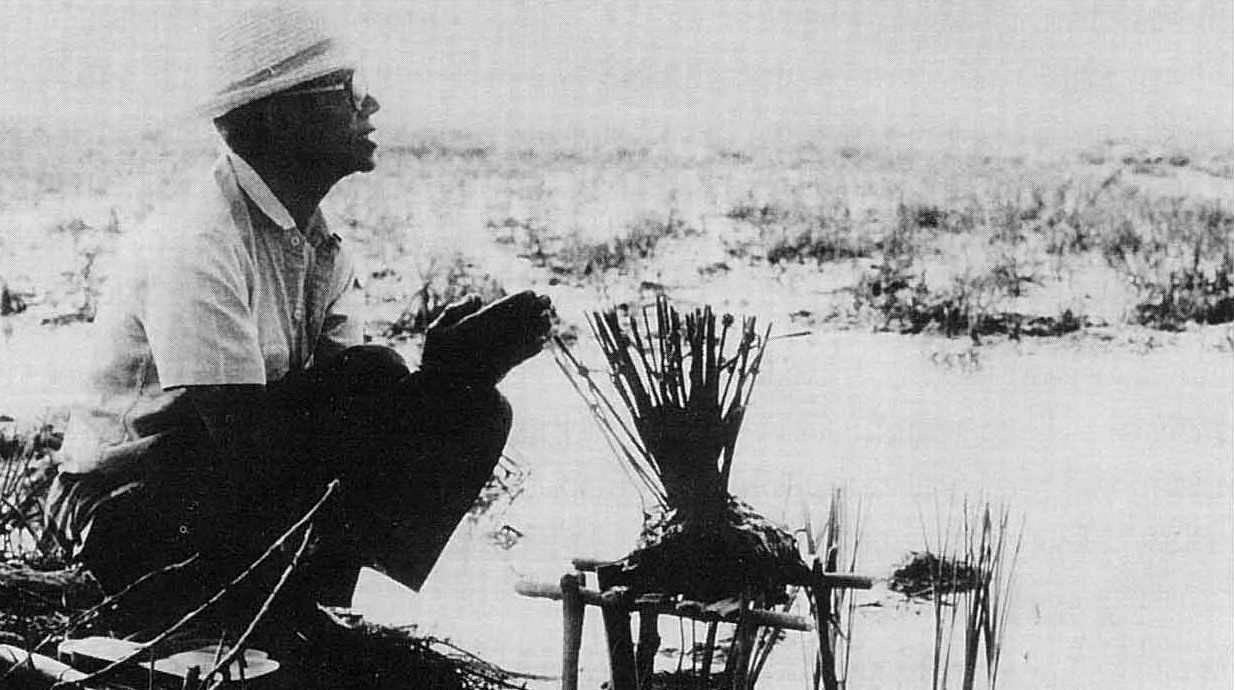
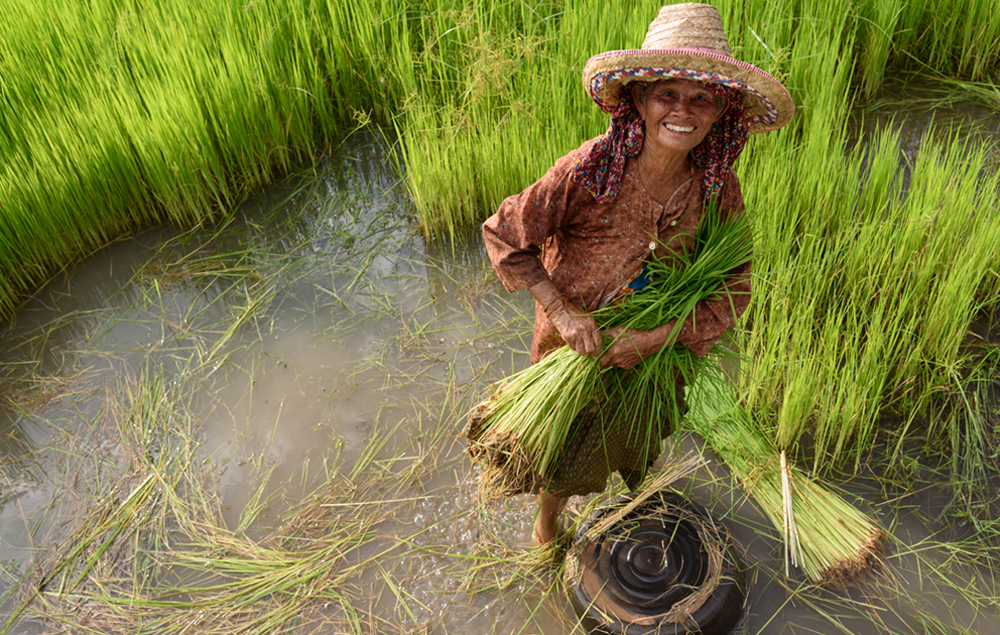






![วอนผีตาแฮก - พรศักดิ์ ส่องแสง [OFFICIAL KARAOKE] - YouTube วอนผีตาแฮก - พรศักดิ์ ส่องแสง [Official Karaoke] - Youtube](https://i.ytimg.com/vi/p2tMV5Qr8lU/maxresdefault.jpg)






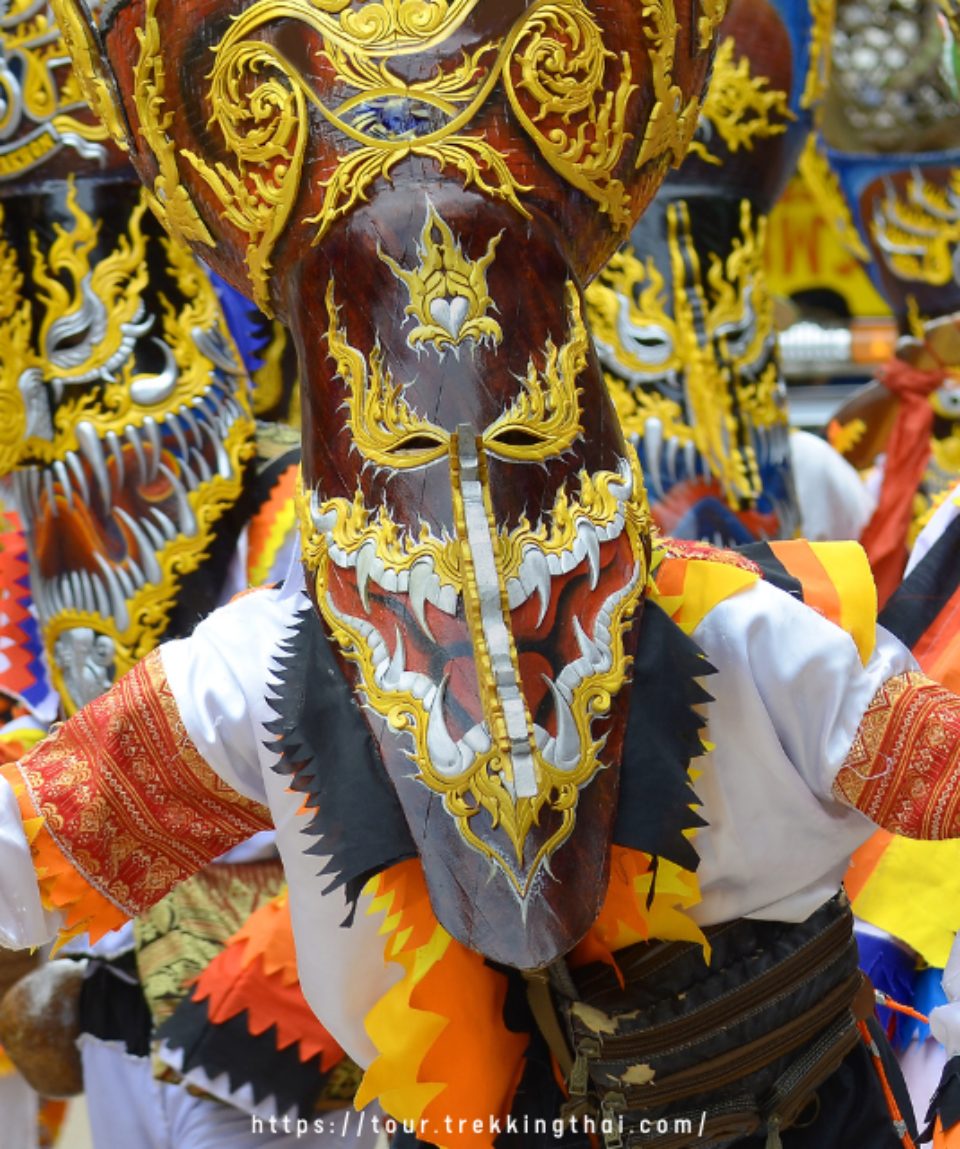
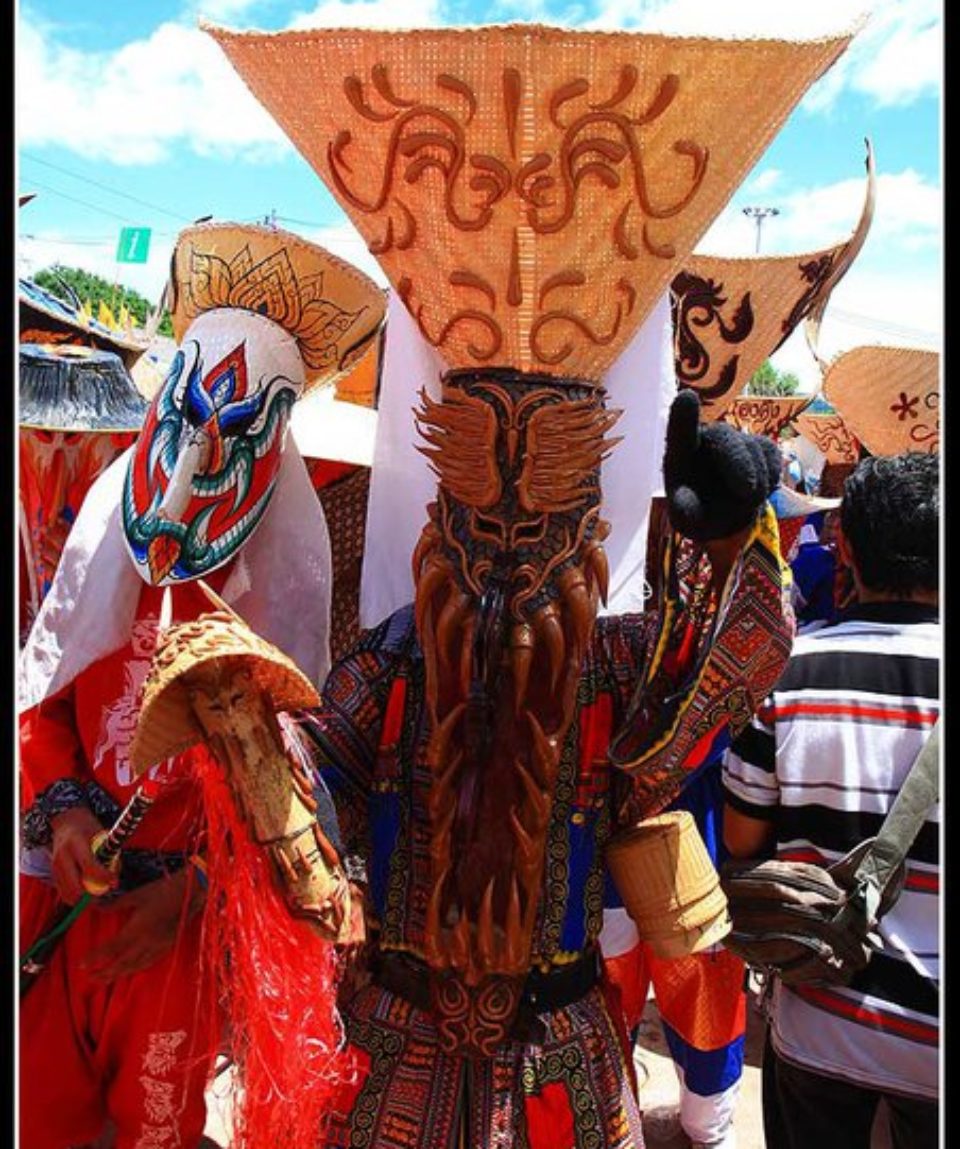

![ต้วอย่างผีตาแฮก[หลอนก่อนเล่า!]#YearofYou - YouTube ต้วอย่างผีตาแฮก[หลอนก่อนเล่า!]#Yearofyou - Youtube](https://i.ytimg.com/vi/a8jXuISjjrA/hq2.jpg?sqp=-oaymwEoCOADEOgC8quKqQMcGADwAQH4AbYIgAKAD4oCDAgAEAEYRyBiKGUwDw==&rs=AOn4CLB7RZCd3_kXf6HV8QSLsvmf14UAgg)
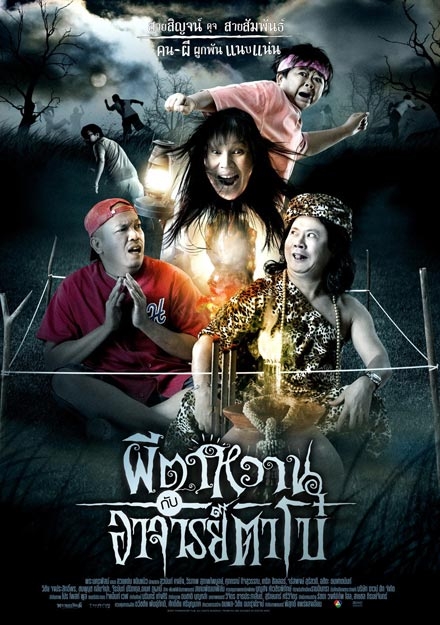







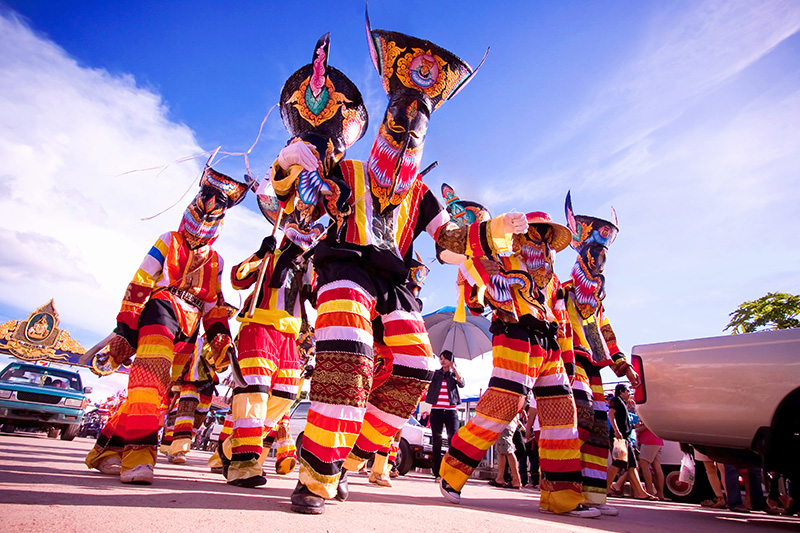




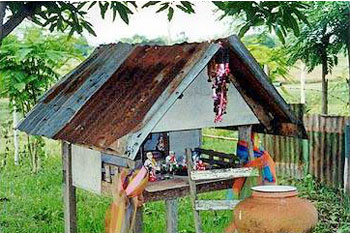


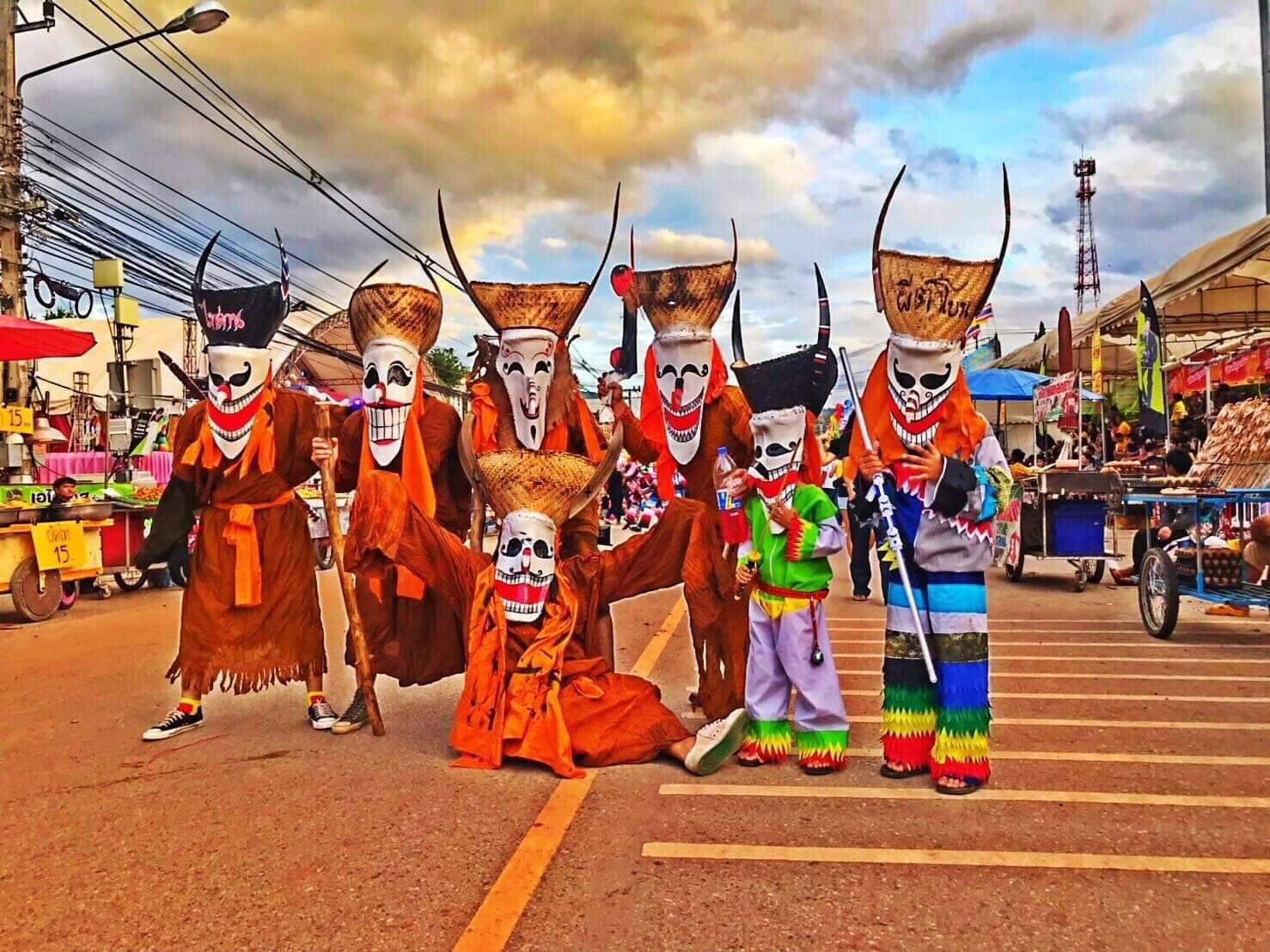


![วอนผีตาแฮก - พรศักดิ์ ส่องแสง [Official MV] - YouTube วอนผีตาแฮก - พรศักดิ์ ส่องแสง [Official Mv] - Youtube](https://i.ytimg.com/vi/zq8afbSExkM/maxresdefault.jpg)
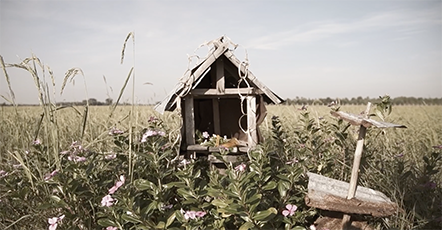







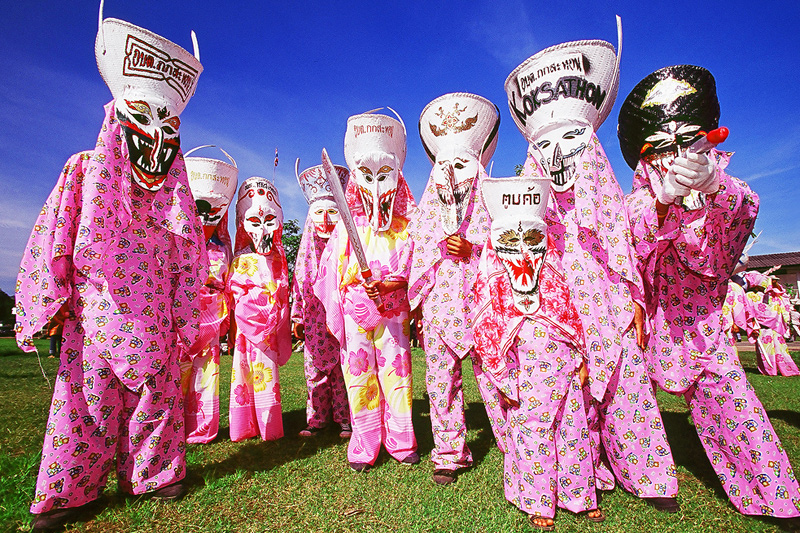





ลิงค์บทความ: ผีตาแฮก.
ดูข้อมูลเพิ่มเติมเกี่ยวกับโพสต์หัวข้อนี้ ผีตาแฮก.
- ตาแฮก
- นิทรรศการออนไลน์ผีตาแฮก
- ตำนานผีตาแฮก นิทานพื้นบ้านอีสาน
- ผีตาแฮก . ภาคอีสานที่มีความเป็นอยู่ส่วนมากแบบ …
- ผี ตา แฮก – Folktales : ฐานข้อมูลนิทาน ตำนาน เรื่องเล่าพื้นบ้าน
- ผีตาแฮก และ ดอนปู่ตา – IsanGate : ประตูสู่อีสานบ้านเฮา
ดูเพิ่มเติม: giaydb.com/category/calendar